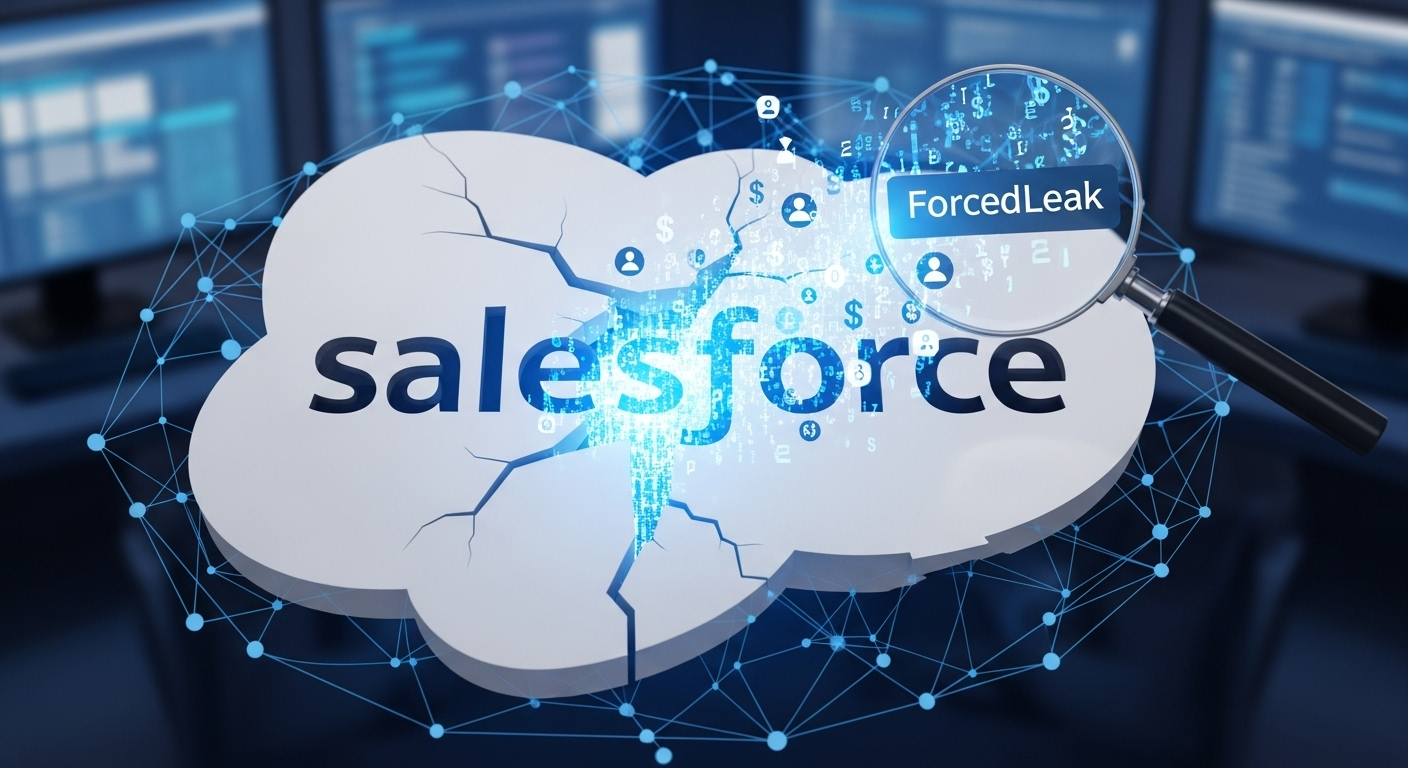Claude Sonnet 4.5 on Vertex AI: A Deep Dive into Anthropic’s Latest LLM
The Dawn of a New Era: Claude Sonnet 4.5 on Vertex AI
Anthropic’s Claude Sonnet 4.5 has arrived, ushering in a new era of capabilities for large language models (LLMs). This release, now integrated with Google Cloud’s Vertex AI, marks a significant advancement for developers and businesses leveraging AI. This analysis explores the key features, performance enhancements, and strategic implications of Claude Sonnet 4.5, drawing from Anthropic’s official announcement and related research.
Market Dynamics: The AI Arms Race
The AI model market is fiercely competitive. Companies like Anthropic, OpenAI, and Google are in a race to develop more powerful and versatile LLMs. Each new release aims to surpass its predecessors, driving rapid innovation. Integrating these models with cloud platforms like Vertex AI is crucial, providing developers with the necessary infrastructure and tools to build and deploy AI-powered applications at scale. The availability of Claude Sonnet 4.5 on Vertex AI positions Google Cloud as a key player in this evolving landscape.
Unveiling the Power of Claude Sonnet 4.5
Claude Sonnet 4.5 distinguishes itself through several key improvements, according to Anthropic. The model is positioned as the “best coding model in the world,” excelling at building complex agents and utilizing computers effectively. It also demonstrates significant gains in reasoning and mathematical abilities. These enhancements are particularly relevant in today’s digital landscape, where coding proficiency and the ability to solve complex problems are essential for productivity.
Anthropic has introduced several product suite advancements alongside Claude Sonnet 4.5, including checkpoints in Claude Code to save progress, a refreshed terminal interface, a native VS Code extension, a new context editing feature, and a memory tool for the Claude API. Furthermore, code execution and file creation capabilities are now directly integrated into the Claude apps. The Claude for Chrome extension is also available to Max users who were on the waitlist last month (Source: Introducing Claude Sonnet 4.5 \ Anthropic).
Performance Benchmarks: A Detailed Look
A compelling aspect of Claude Sonnet 4.5 is its performance, as measured by various benchmarks. On the SWE-bench Verified evaluation, which assesses real-world software coding abilities, Sonnet 4.5 achieved a score of 77.2% using a simple scaffold with two tools—bash and file editing via string replacements. With additional complexity and parallel test-time compute, the score increases to 82.0% (Source: Introducing Claude Sonnet 4.5 \ Anthropic). This demonstrates a significant improvement over previous models, highlighting the model’s ability to tackle complex coding tasks.
The model also showcases improved capabilities on a broad range of evaluations, including reasoning and math. Experts in finance, law, medicine, and STEM found Sonnet 4.5 demonstrates dramatically better domain-specific knowledge and reasoning compared to older models, including Opus 4.1 (Source: Introducing Claude Sonnet 4.5 \ Anthropic).
Expert Perspectives and Industry Analysis
Industry experts and early adopters have shared positive feedback on Claude Sonnet 4.5. Cursor noted that they are “seeing state-of-the-art coding performance from Claude Sonnet 4.5, with significant improvements on longer horizon tasks.” GitHub Copilot observed “significant improvements in multi-step reasoning and code comprehension,” enabling their agentic experiences to handle complex tasks better. These testimonials underscore the model’s potential to transform software development workflows.
Competitive Landscape and Market Positioning
The LLM market is crowded, but Claude Sonnet 4.5 is positioned to compete effectively. Its strengths in coding, computer use, reasoning, and mathematical capabilities differentiate it. Availability on Vertex AI provides a strategic advantage, allowing developers to easily integrate the model into their workflows. Furthermore, Anthropic’s focus on alignment and safety is also a key differentiator, emphasizing their commitment to responsible AI development.
Emerging Trends and Future Developments
The future of LLMs likely involves further improvements in performance, safety, and alignment. As models become more capable, the need for robust safeguards will increase. Anthropic’s focus on these areas positions it well for long-term success. The integration of models with platforms like Vertex AI will enable increasingly sophisticated AI-powered applications across various industries.
Strategic Implications and Business Impact
The launch of Claude Sonnet 4.5 has significant strategic implications for businesses. Companies can leverage the model’s capabilities to improve software development, automate tasks, and gain deeper insights from data. The model’s performance in complex, long-context tasks offers new opportunities for innovation and efficiency gains across sectors, including finance, legal, and engineering.
Future Outlook and Strategic Guidance
For businesses, the key takeaway is to explore the potential of Claude Sonnet 4.5 on Vertex AI. Consider the following:
- Explore Coding and Agentic Applications: Leverage Sonnet 4.5 for complex coding tasks and agent-based workflows.
- Focus on Long-Context Tasks: Utilize the model’s ability to handle long-context documents for tasks like legal analysis and financial modeling.
- Prioritize Alignment and Safety: Benefit from Anthropic’s focus on responsible AI development and safety measures.
By embracing Claude Sonnet 4.5, businesses can unlock new levels of productivity, innovation, and efficiency. The future of AI is here, and its integration with platforms like Vertex AI makes it accessible and powerful.
Market Overview
The market landscape for Claude Sonnet 4.5 on Vertex AI presents various opportunities and challenges. Current market conditions suggest a dynamic environment with evolving competitive dynamics.
Future Outlook
The future outlook for Claude Sonnet 4.5 on Vertex AI indicates continued development and market expansion, driven by technological and market forces.
Conclusion
The research indicates significant opportunities in Claude Sonnet 4.5 on Vertex AI, with careful consideration of the identified risk factors.
